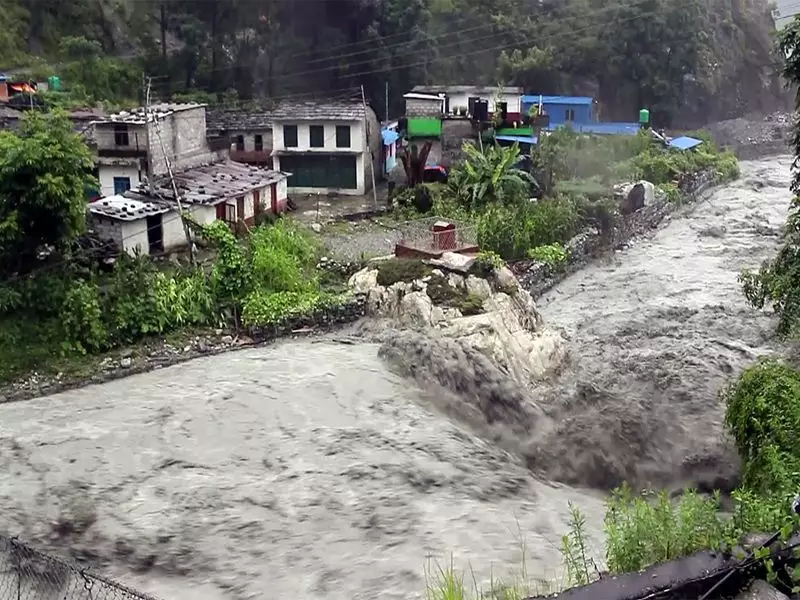
Nepal is grappling with severe weather conditions as relentless rainfall continues to pummel the Himalayan nation, with authorities maintaining high alert across multiple regions. The devastating downpour, influenced by the remnants of Cyclone Montha, has triggered widespread flooding and landslides, putting millions at risk.
Emergency Response Activated
The Ministry of Home Affairs has confirmed that disaster response teams have been mobilized nationwide. Essential services including the Nepal Army, Armed Police Force, and Nepal Police are conducting rescue operations in the most affected areas, particularly in low-lying regions where water levels have reached dangerous heights.
Critical Infrastructure Under Threat
Major highways and transportation routes have suffered significant damage, disrupting travel and supply chains across the country. Several key roads connecting districts have been either completely washed away or blocked by debris, isolating numerous communities from essential services and assistance.
Areas Most Severely Impacted
- Eastern Terai regions experiencing severe flooding
- Hilly districts facing multiple landslide incidents
- Kathmandu Valley dealing with urban flooding and drainage collapse
- Central and Western development regions reporting widespread damage
Weather Forecast and Preparedness
Meteorological departments predict the heavy rainfall pattern will continue for the next 48-72 hours, maintaining the threat level across the nation. The Department of Hydrology and Meteorology has issued special bulletins urging residents in flood-prone areas to relocate to safer ground immediately.
Safety Measures Recommended
- Avoid crossing rivers and streams with high water levels
- Stay away from landslide-prone areas and riverbanks
- Follow evacuation orders from local authorities promptly
- Keep emergency supplies and important documents ready
The situation remains fluid as emergency services work around the clock to provide assistance to affected communities. Government officials emphasize that public cooperation is crucial in minimizing the impact of this natural calamity on lives and property across the Himalayan nation.
